How Far Can You Sail Up the Columbia River? (5 Boat Types)
Typically, you can sail various types of watercraft, including kayaks, canoes, sailboats, motorboats, or riverboats, up to Bonneville Dam on the Columbia River. The dam is located about 145 river miles from the river's mouth. But how far up the river can you sail using each of those boats?
The Columbia River is navigable for large ships up to the Port of Portland, which is about 100 miles upstream from the river's mouth at the Pacific Ocean. For smaller boats like kayaks and canoes, the navigable portion of the Columbia River stretches 465 miles from Astoria, Oregon, to Lewiston, Idaho.
The Celilo Falls, which is located about 215 miles upstream from the river's mouth, used to be a major obstacle for navigation. Let's find out what happened to it.
Summary
- Beyond Bonneville Dam lies "The Gorge," a challenging section characterized by steep cliffs and narrow channels, which may necessitate transitioning to smaller boats.
- The construction of the Dalles Dam in the 1950s has altered the river's flow and made some sections impassable for boats and ships.
- The Columbia River is still a vital transportation corridor, supporting commerce, agriculture, and hydroelectric power generation in the Pacific Northwest region of the US.

On this page:
Journey Up the Columbia River
The distance you can sail up the Columbia River largely depends on the type of boat you're using and the specific conditions at the time of your trip. Typically, you can comfortably navigate up to the Bonneville Dam, which is located about 145 river miles from the mouth of the river. Beyond the dam lies "The Gorge," a challenging section characterized by steep cliffs and narrow channels. While more experienced boaters may be able to brave these waters, it's essential to familiarize yourself with the area and keep safety in mind.
| Type of Watercraft | Boat Size | Number of People | Distance It Can Sail Up the Columbia River | Cost of a Trip |
|---|---|---|---|---|
| Kayak | 8-14 feet | 1-2 | Up to 465 miles from Astoria, Oregon, to Lewiston, Idaho | $30-$50 per day |
| Canoe | 14-18 feet | 2-3 | Up to 465 miles from Astoria, Oregon, to Lewiston, Idaho | $30-$50 per day |
| Sailboat | 20-30 feet | 4-6 | Up to Bonneville Dam, located about 145 river miles from the river's mouth | $200-$500 per day |
| Motorboat | 25-40 feet | 8-10 | Up to the Port of Portland, located about 100 miles upstream from the river's mouth | $500-$1000 per day |
| Riverboat | 50-100 feet | 20-30 | Up to the Port of Portland, located about 100 miles upstream from the river's mouth | $1000-$5000 per day |
For those utilizing smaller boats like kayaks and canoes, the navigable portion of the Columbia River stretches 465 miles from Astoria, Oregon, to Lewiston, Idaho. Throughout this expanse, you'll encounter stunning landscapes, diverse wildlife, and numerous opportunities to explore the surrounding region's rich history.
The Columbia River presents challenges for any type of watercraft due to its powerful tidal currents that result from a combination of ocean tides and freshwater flow. Although currents can reach speeds of up to 4 knots near the river mouth, they lessen as you sail further upstream. Your watercraft, especially kayaks and canoes, must be capable of handling these changing conditions.

The Celilo Falls, located approximately 215 miles upstream from the Columbia River's mouth, were a significant obstacle for navigation on the river. The falls were a series of cascades and rapids that made it difficult for boats and ships to pass through.
However, the construction of hydroelectric dams, including The Dalles Dam in the 1950s, has altered the river's flow and submerged the Celilo Falls, making some sections of the river impassable for boats and ships. These dams and other infrastructure projects have also provided benefits, such as hydroelectric power generation and improved navigation conditions in some areas.
Geographical overview
The Columbia River is an impressive waterway that stretches over 1,200 miles from its headwaters in British Columbia, Canada, all the way to the Pacific Ocean. It flows through diverse landscapes like alpine forests, arid deserts, and lush valleys, providing a unique array of natural beauty for your journey. Along the way, you'll find that different parts of the river allow for various types of boating experiences, from kayaking and canoeing to sailing, motorboating, and riverboating.
Recreational boats can typically sail up to the Bonneville Dam. Ocean-going freighters can navigate up the lower Columbia River as far as Vancouver, Washington, while barges and smaller boats can even reach as far inland as Lewiston, Idaho, with the help of connecting rivers like the Snake River.
Navigational challenges
While the Columbia River is a fantastic place for water enthusiasts to explore, it's important to be aware of the navigational challenges you might encounter. Water conditions, vessel capabilities, and navigation restrictions should all be considered to ensure a safe and enjoyable trip.
One significant challenge to be aware of is the presence of locks. These devices are designed to change the water level, allowing boats to pass through different elevations of the river. Keep in mind that your boat may need to maneuver through these locks, especially if you plan on sailing far up the river.
In addition to locks, natural hazards such as shifting sandbars, strong currents, and narrow sections of the river might also present difficulties. Make sure you're familiar with the area you plan to explore, have up-to-date navigation charts, and use the proper safety equipment when necessary.
Kayaking Adventure
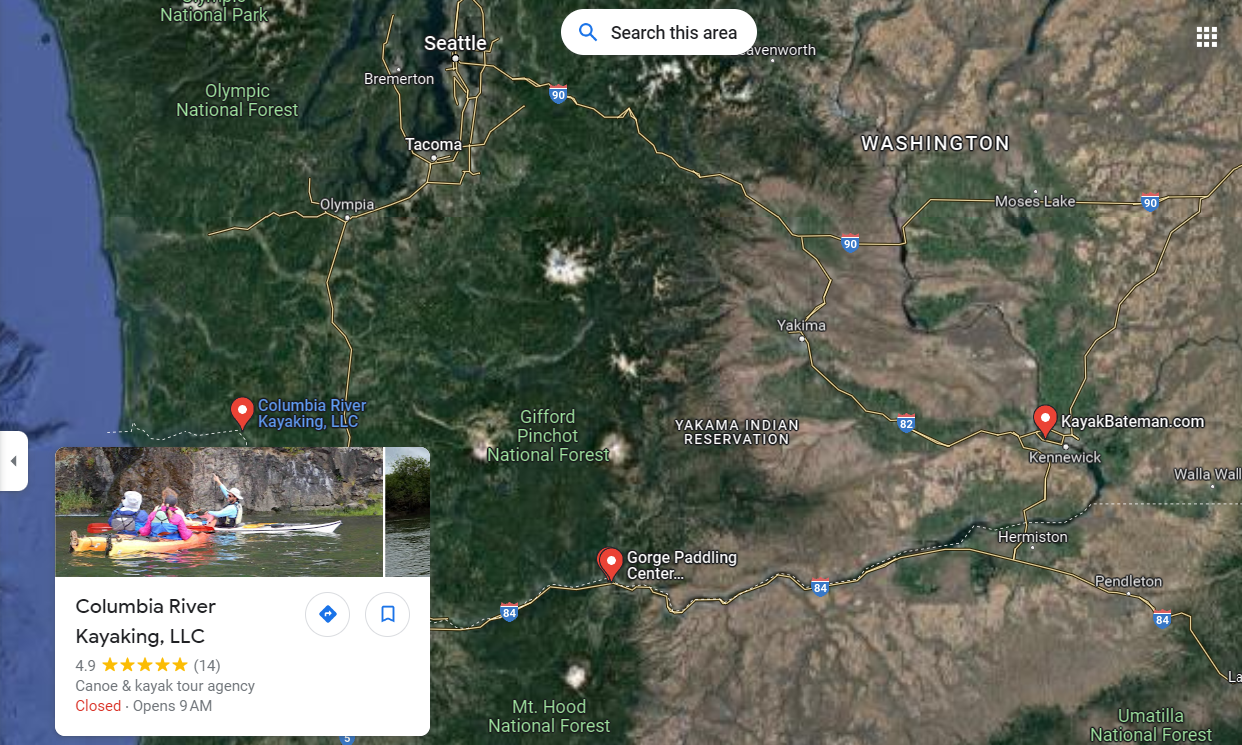
Key locations for kayaking
The Columbia River offers numerous locations for kayaking adventures. One popular spot is Lake Wanapum, a stretch of the river near Vantage, Washington. This area provides picturesque landscapes and calm waters that are perfect for a leisurely paddle.
Another notable location is the Columbia River Kayaking Experience in Skamokawa, Washington. Here, you can find guided tours and paddling instruction, with access to two National Wildlife Refuges and historical sites related to the Lewis and Clark Trail.
Safety measures
-
Check weather conditions: Always be aware of the weather forecast and river conditions before setting out. This will help you avoid potential hazards and prepare accordingly.
-
Wear a life jacket: Regardless of your swimming abilities, it's crucial to wear a life jacket or personal flotation device (PFD) to ensure your safety on the water.
-
Stay within your skill level: Know your limits and choose a route that matches your experience. For beginners, it's best to start with calm, flat water and work your way up to more challenging conditions as you gain confidence. If you want to up your skills, here are ways to get sailing experience.
-
Carry a communication device: Bring a cell phone or VHF radio in a waterproof case to maintain contact with others while on the water. In an emergency, you'll appreciate having a reliable means of communication.
-
Be mindful of river traffic: The Columbia River is a bustling waterway, with various vessels sharing the space. Keep an eye out for larger boats, and always give them plenty of room to maneuver.
Canoeing Journey
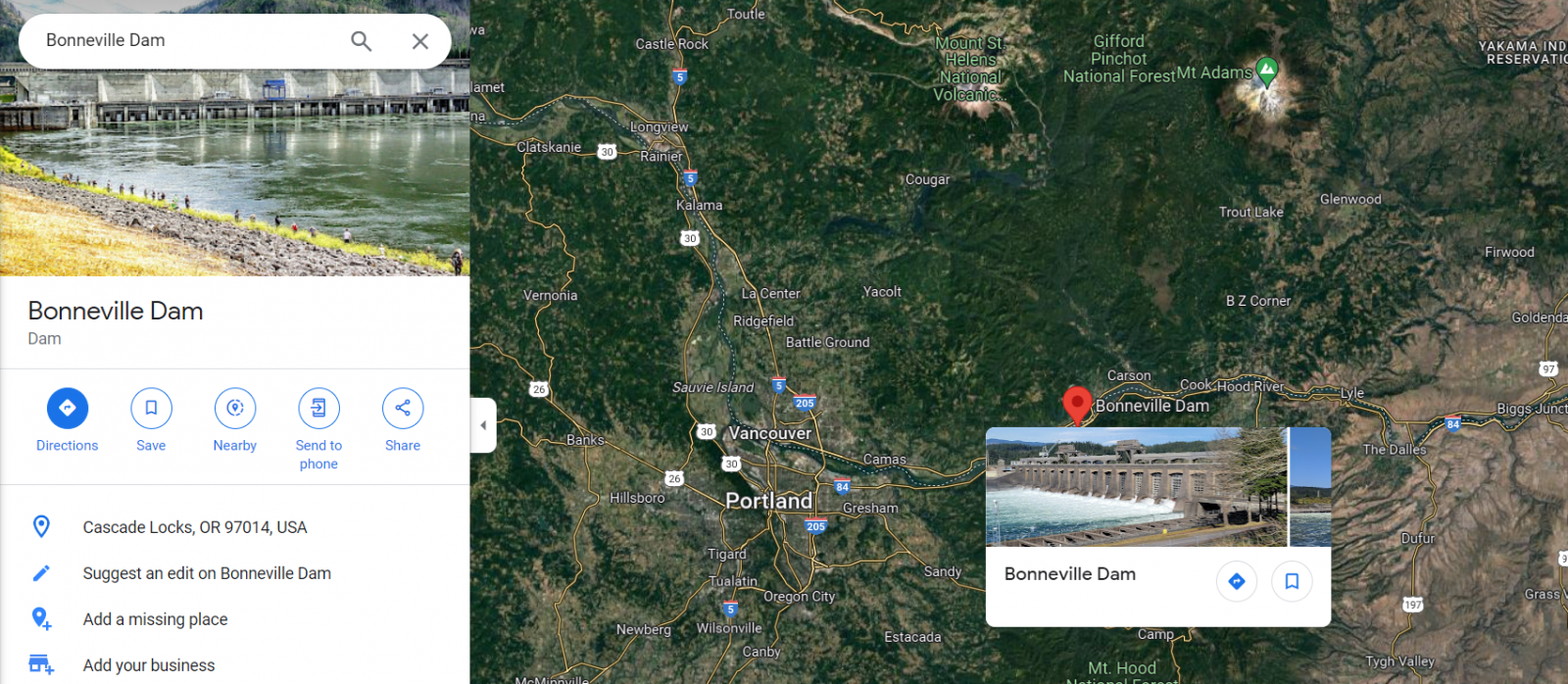
Prime canoeing spots
The Columbia River offers a variety of canoeing adventures for water enthusiasts of all levels. One of the popular spots for canoeing is the section around Bonneville Dam. This area features calm waters, stunning views, and easy access to the water.
Another prime canoeing destination is the Columbia-Snake River System, which stretches 465 miles from Astoria, Oregon, to Lewiston, Idaho. This stretch offers a truly immersive experience as it takes you through a diverse range of landscapes, including canyons, forests, and rolling hills.
If you're planning to sail the Columbia River, here is the best time to sail down the West Coast.
Tips for canoeing
-
Plan ahead: Before venturing out on the Columbia River, be sure to research the specific section you plan to canoe on. Check the weather forecast, water levels, and potential obstacles, such as dams or rapids.
-
Select a suitable canoe: Choose a canoe that suits the conditions of the Columbia River and your skill level. A stable, flat-bottomed canoe is ideal for beginners, while a more streamlined canoe may be better suited for experienced paddlers.
-
Pack essential gear: Ensure you have all the necessary equipment, including life jackets, a paddle, a bailer, a whistle, a dry bag for your belongings, and a first-aid kit. Proper clothing, such as moisture-wicking layers and a waterproof jacket, is also crucial for a comfortable and safe canoeing experience.
-
Practice safety: Always wear your life jacket and avoid canoeing alone. It's wise to paddle with a buddy or a group, ensuring that everyone is aware of the planned route, potential hazards, and emergency plans.
Sailing Expedition
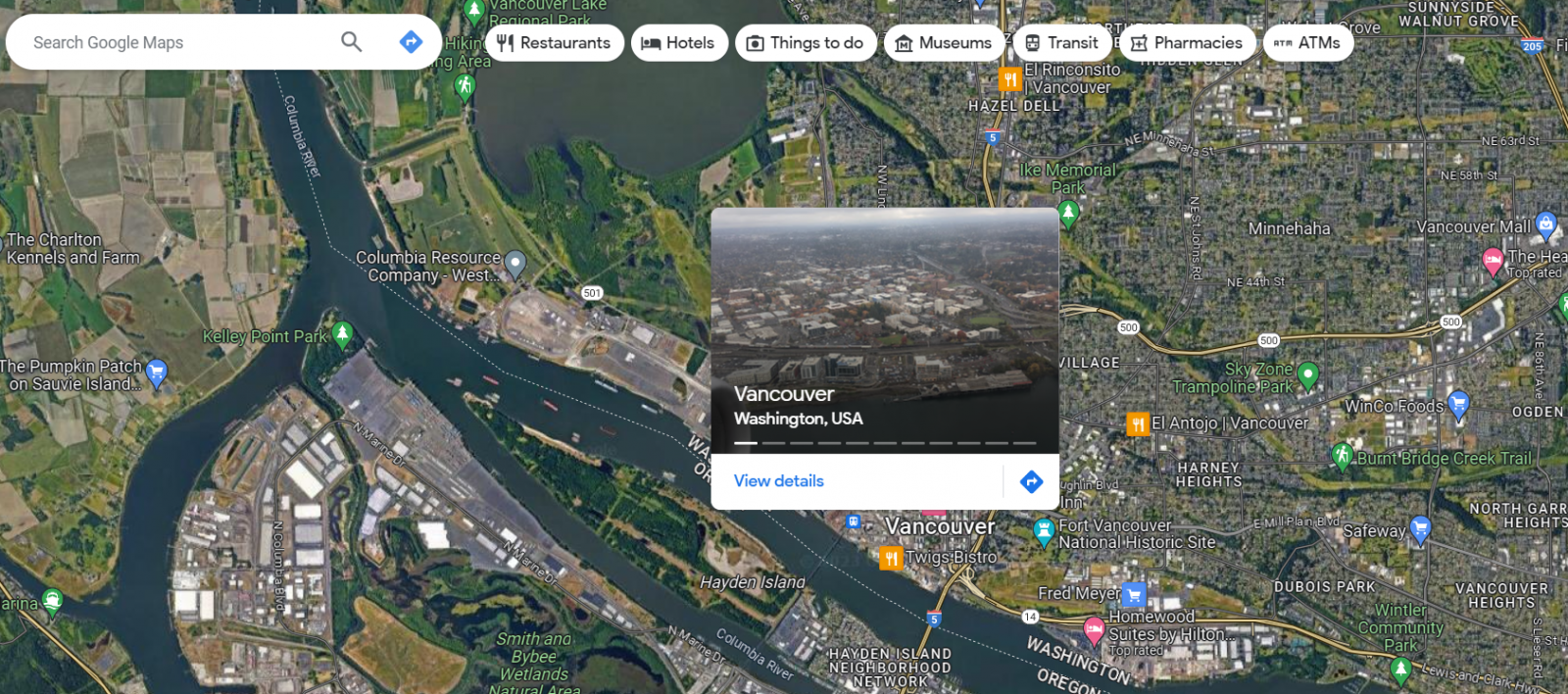
Best areas for sailing
The Columbia River offers a variety of excellent sailing spots for all types of watercraft, including kayaks, canoes, sailboats, motorboats, and riverboats. One of the most popular areas for sailing is around the Bonneville Dam, which offers deep waters and picturesque views of the surrounding landscape.
Another great location for sailing is up to Vancouver, Washington, as this stretch of the river is easily accessible for large ocean-going ships. Smaller vessels, like kayaks and canoes, will also find plenty of scenic spots along the river's many tributaries and quieter stretches ideal for leisurely paddling.
Sailing precautions
-
River depths and obstacles: The depth of the river varies greatly, reaching over 100 feet in some places. Be mindful of shallow spots, sandbars, and rocks that may pose a hazard to your vessel. Charts and depth finders are essential tools to navigate these areas safely.
-
Anchoring safely: To avoid getting your anchor line tangled in your propeller or capsizing your boat, you should anchor only off the point of the bow. It is recommended to use a float for your anchor line as a buffer.
-
Locks and dams: If you plan to sail further up the Columbia River, you'll need to pass through locks, which are designed to change the water level for boats to navigate. Familiarize yourself with the operation of these locks, and be prepared to follow proper procedures when approaching and passing through them.
-
Local regulations: Before embarking on your sailing adventure, familiarize yourself with local boating regulations and safety guidelines to ensure a smooth and enjoyable experience on the water.
Motorboating Experience
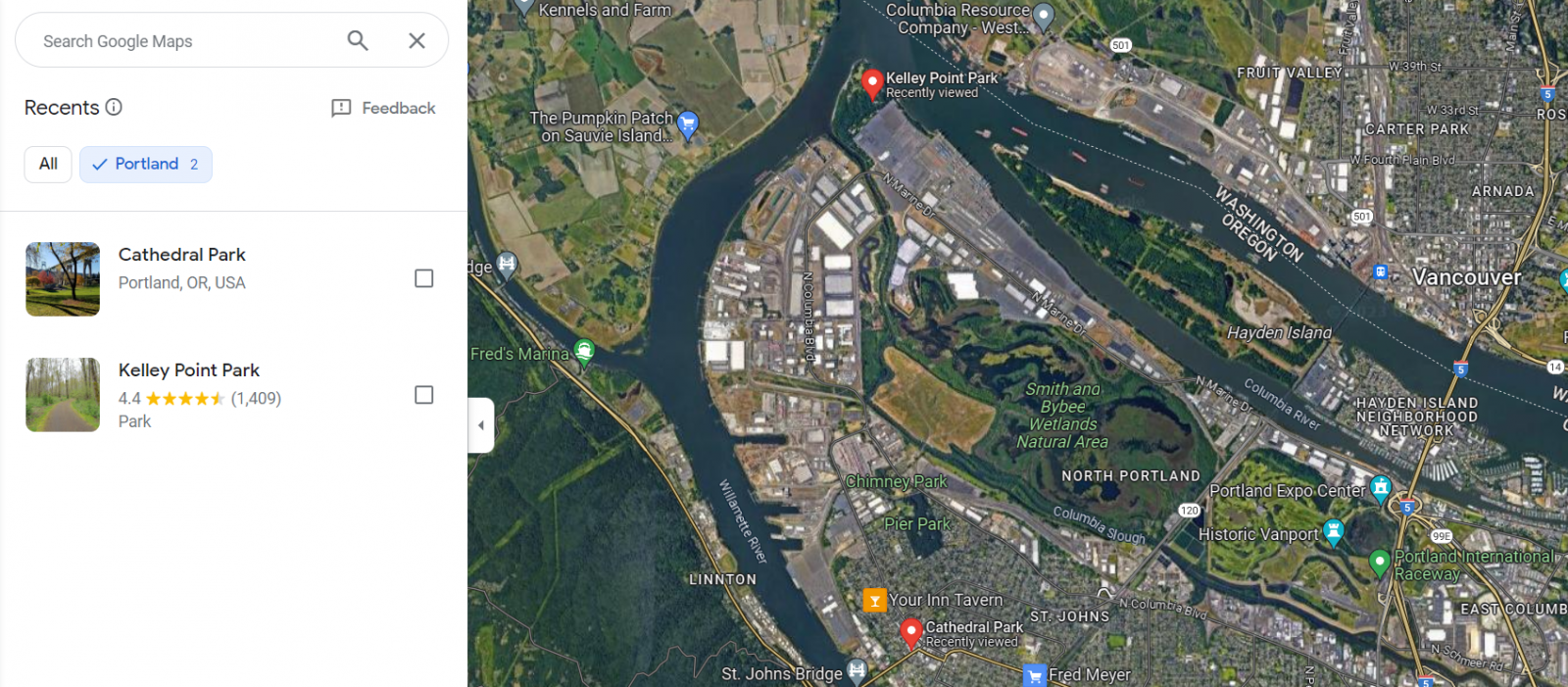
Motorboat access points
There are numerous access points along the Columbia River for you to launch your motorboat and enjoy a day on the water. Access points may vary depending on water levels, navigation locks, and any closures due to maintenance or unforeseen circumstances. Some popular locations include:
-
Vancouver, Washington: As one of the major cities along the river, Vancouver offers several marinas and boat ramps for easy motorboat access.
-
Portland, Oregon: Just across the river from Vancouver, Portland boasts several waterfront parks and boat ramps for motorboaters, including those at Kelley Point Park and Cathedral Park.
-
Bonneville Dam: Boating enthusiasts can launch at the popular Bonneville Dam site.
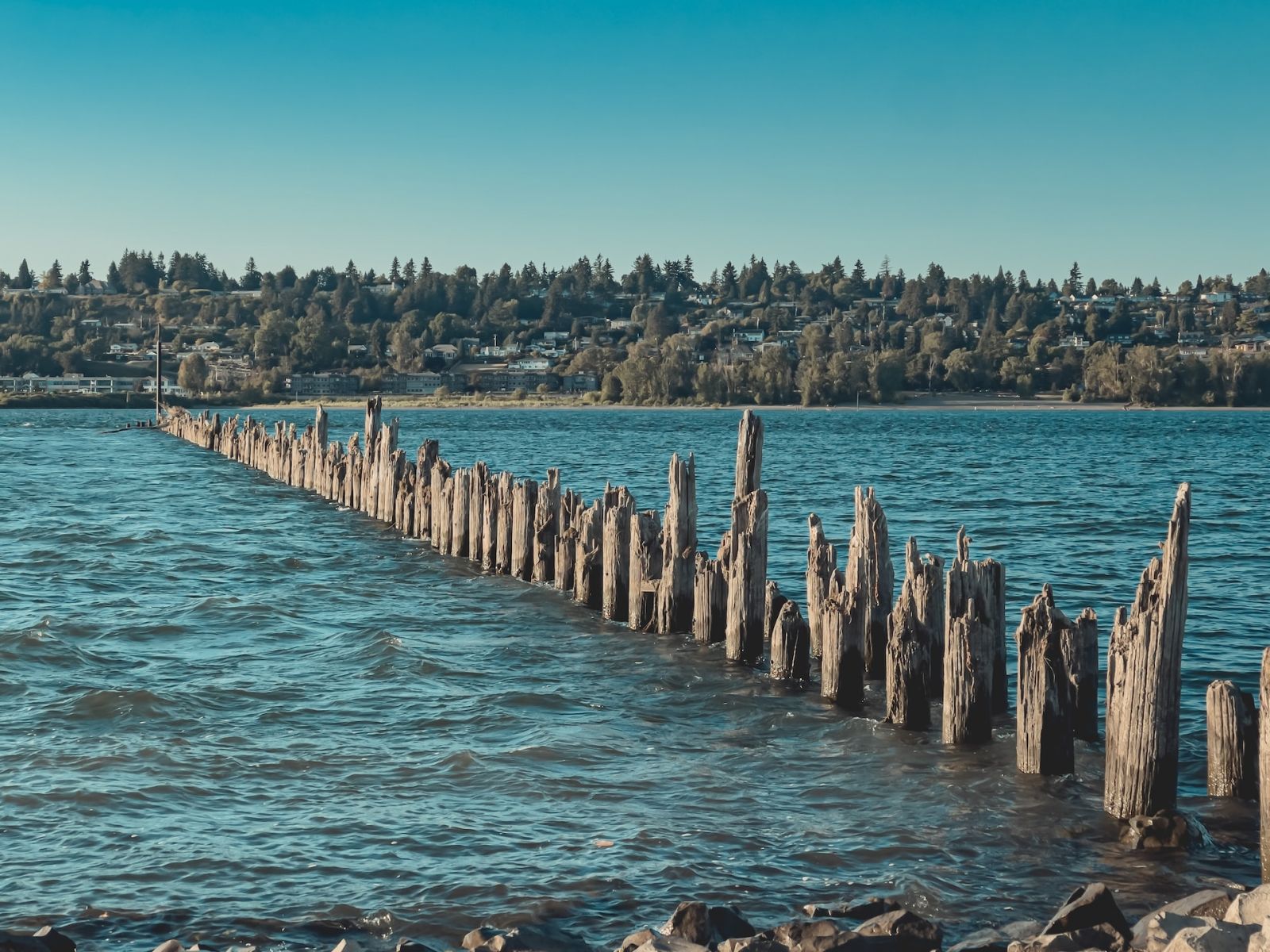
Considerations for motorboating
-
Check navigation locks: Large vessels must pass through locks to navigate certain parts of the Columbia River. Familiarize yourself with lock locations and procedures to avoid any technical difficulties.
-
Pay attention to water levels and currents: The Columbia River is notorious for its strong currents and changing water levels. Always be vigilant and prepared for abrupt changes, especially in narrower sections of the river.
-
Wear safety gear: Prioritize safety by wearing a life jacket and carrying appropriate safety equipment on board, such as a VHF radio, flares, and a throwable floatation device.
-
Follow boating regulations: Ensure your motorboat complies with all local and federal boating regulations, such as keeping a lookout, following speed limits, and obtaining proper licensing and registration.
Riverboat Cruises
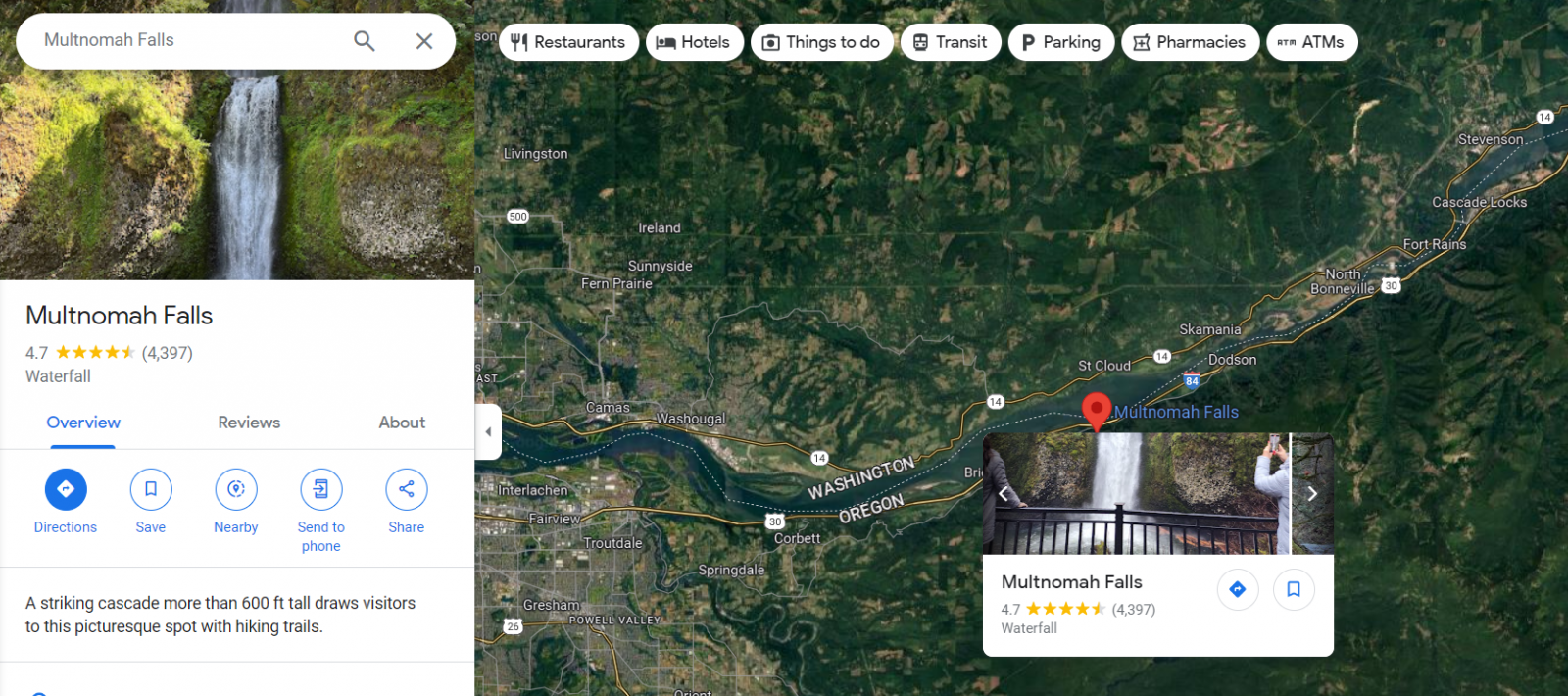
Popular riverboat routes
Riverboat cruises on the Columbia River offer an adventurous and scenic way to explore this mighty river. One popular route takes you from Portland, Oregon, to Clarkston, Washington. Along the way, you can witness breathtaking views of the Columbia Gorge, visit the Columbia Gorge Discovery Center, and explore the quaint riverside towns.
Another well-liked route is from Spokane to Portland. This 8-day journey usually includes stops at popular attractions, like the stunning Multnomah Falls and the historic Bonneville Dam, as well as opportunities to indulge in local wine tastings and guided tours.
Booking a riverboat cruise
First, determine the desired duration of your trip. Cruise lengths typically vary, with the shortest being five days and the longest stretching up to 11 days.
Next, consider the time of year you'd like to travel. The peak cruising season runs from summer through mid-autumn, offering warm temperatures and stunning views of the evergreens and hardwoods lining the riverbanks.
Once you've selected your preferred route and travel dates, browse different riverboat cruise providers to find a package that suits your needs. Keep in mind that amenities, activities, and accommodations may vary between providers.
Did you find the answer to your specific question?
👍 0 👎 1

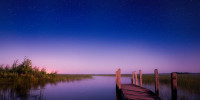
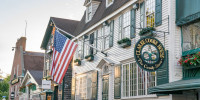
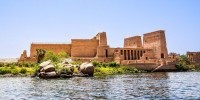
Leave a comment